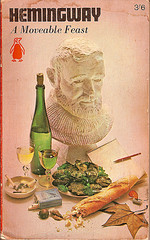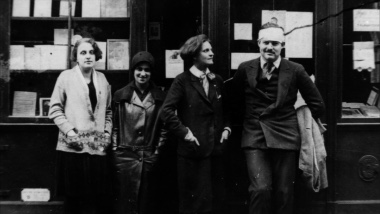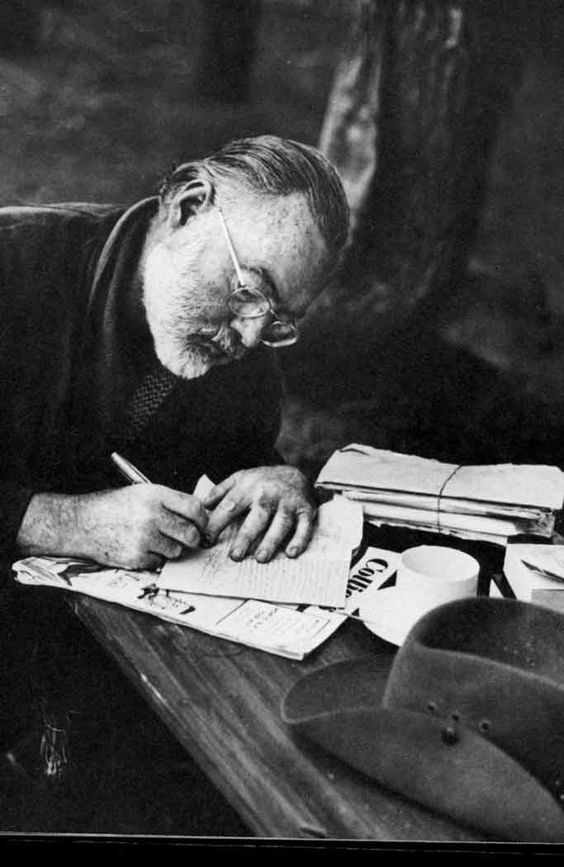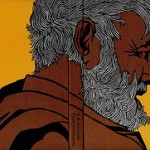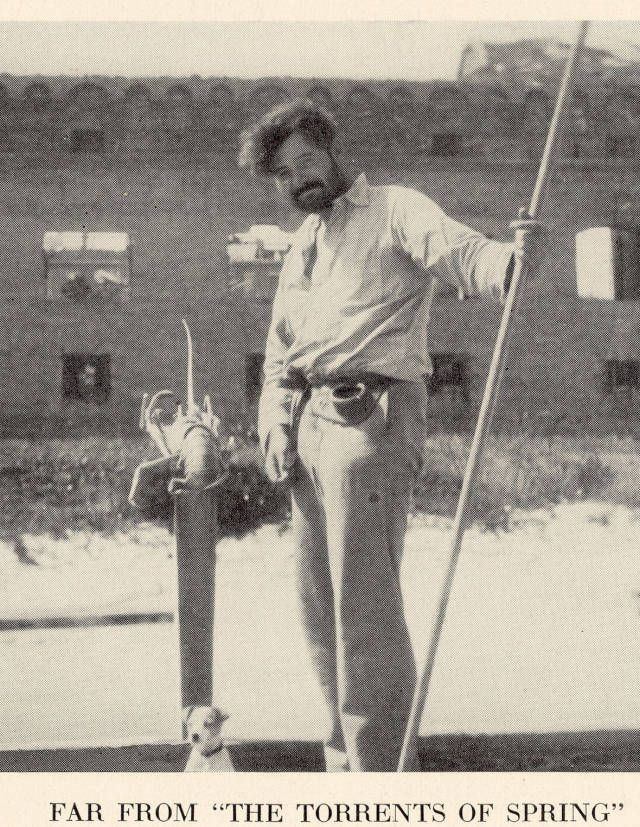As I await anxiously for the Ken Burns and Lynn Novick PBS film, I’ve come across various and random Hemingway nuggets. Just thought I’d share. Here are a few:
- Hemingway had a knack for using common sense to observe life and in so doing, saying something that’s simple but applicable to so many other things in life. “Anyone can be a fisherman in May,” said Santiago in The Old Man and the Sea. Were truer words ever written down?
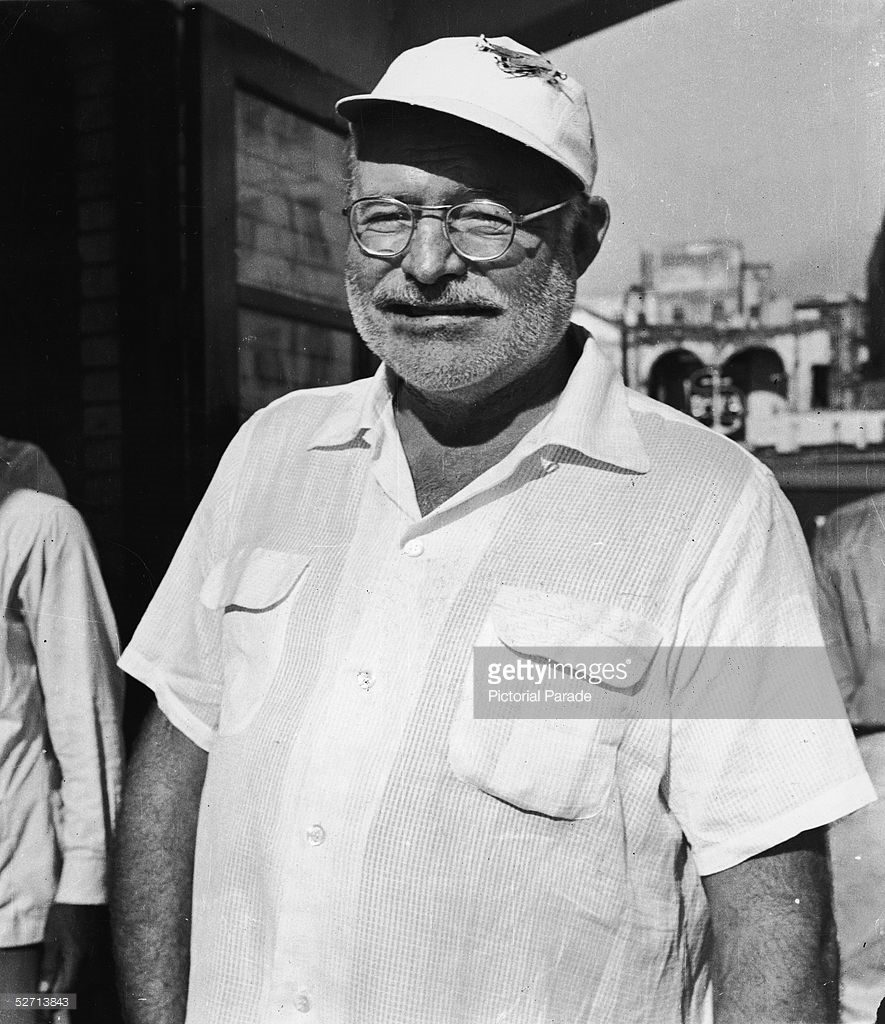
- Steve Gardiner wrote an article about bridges in books. He noted in particular The Bridge of San Luis Rey by Thorton Wilder, An Occurrence at Owl Creek Bridge by Ambrose Bierce, The Bridge on the River Kwai by Pierre Boulle, The Bridges of Madison County by Robert James Waller, and For Whom the Bell Tolls by Ernest Hemingway. I never thought about it before but bridges connect, can be blown up and divide, and have been historically significant.
- A new book has come out called Ernest Hemingway: Artifacts From A Life. It’s being sold a number of places but also at the JFK Library and Museum. It’s “beautifully designed, intimate and illuminating. This is the story of American icon Ernest Hemingway’s life through the documents, photographs and miscellaneous items he kept, compiled by the steward of the Hemingway estate and featuring contributions by his son and grandson. ($35.00)
- In an article about what books are on celebrities’ shelves, film maker and author Devashish Makhija, whose recent release Oonga is receiving rave reviews, in answer to the question “Who are your favorite authors?” cites three: a) Dashiel Hammett for sharp incisive blasts of emotion he injects in his prose; b) Ernest Hemingway for how he arrives as the heart of the human condition; c) Alice Munro for the delicateness with which she makes us feel.
- The author Walter Scott in an article for Parade, said Hemingway’s favorite meal was a New York strip steak, a baked potato, a Caesar salad, and a glass of Bordeaux. (Sounds really good to me.)
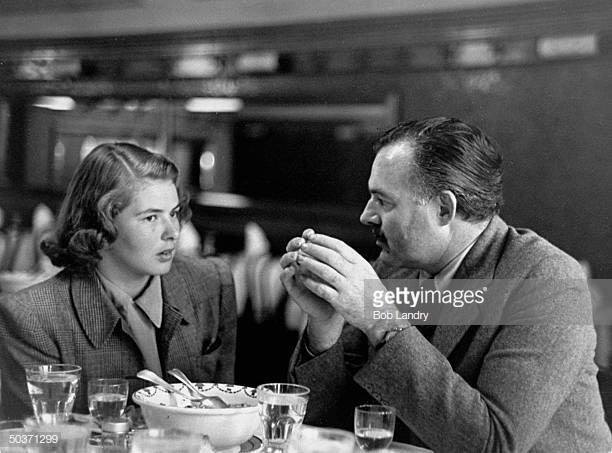
- Hemingway dedicated a book to each of his four wives: a) The Sun Also Rises to Hadley. He also in their divorce signed over all royalties which included movie proceeds. That was the gift that kept on giving but he had nothing in 1926 when he left Hadley. They had a son. He felt guilty. And Hadley was not greedy. It could have been an empty gift but . .. it wasn’t; b) Death In The Afternoon to Pauline (I’m not sure she would have liked that but I think she would have preferred Farwell To Arms which he dedicated to her Uncle Gus Pfeiffer; c) For Whom The Bell Tolls to Martha; d) Across The River And Into The Trees to Mary. (I don’t think she’d like that either since Adriana was the prototype for Renata but I suppose it’s better than nothing!)
May we all enjoy the Hemingway PBS movie. I’m really hoping they show both sides of him not just the bad side.
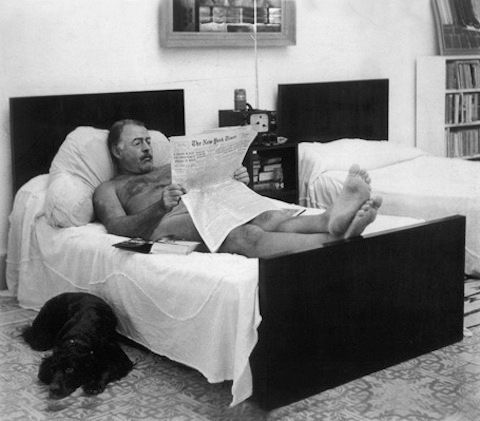
Best to all,
Christine

